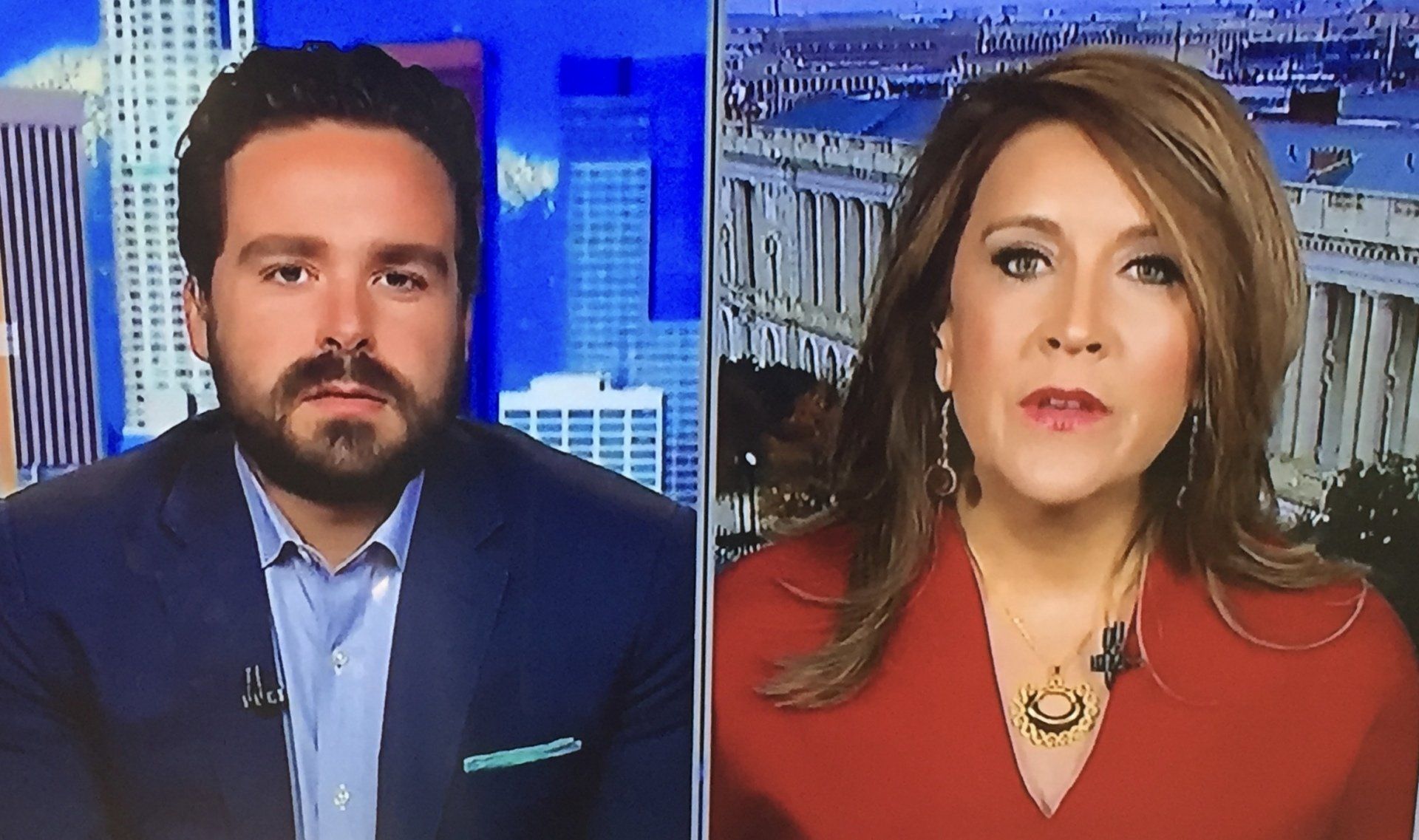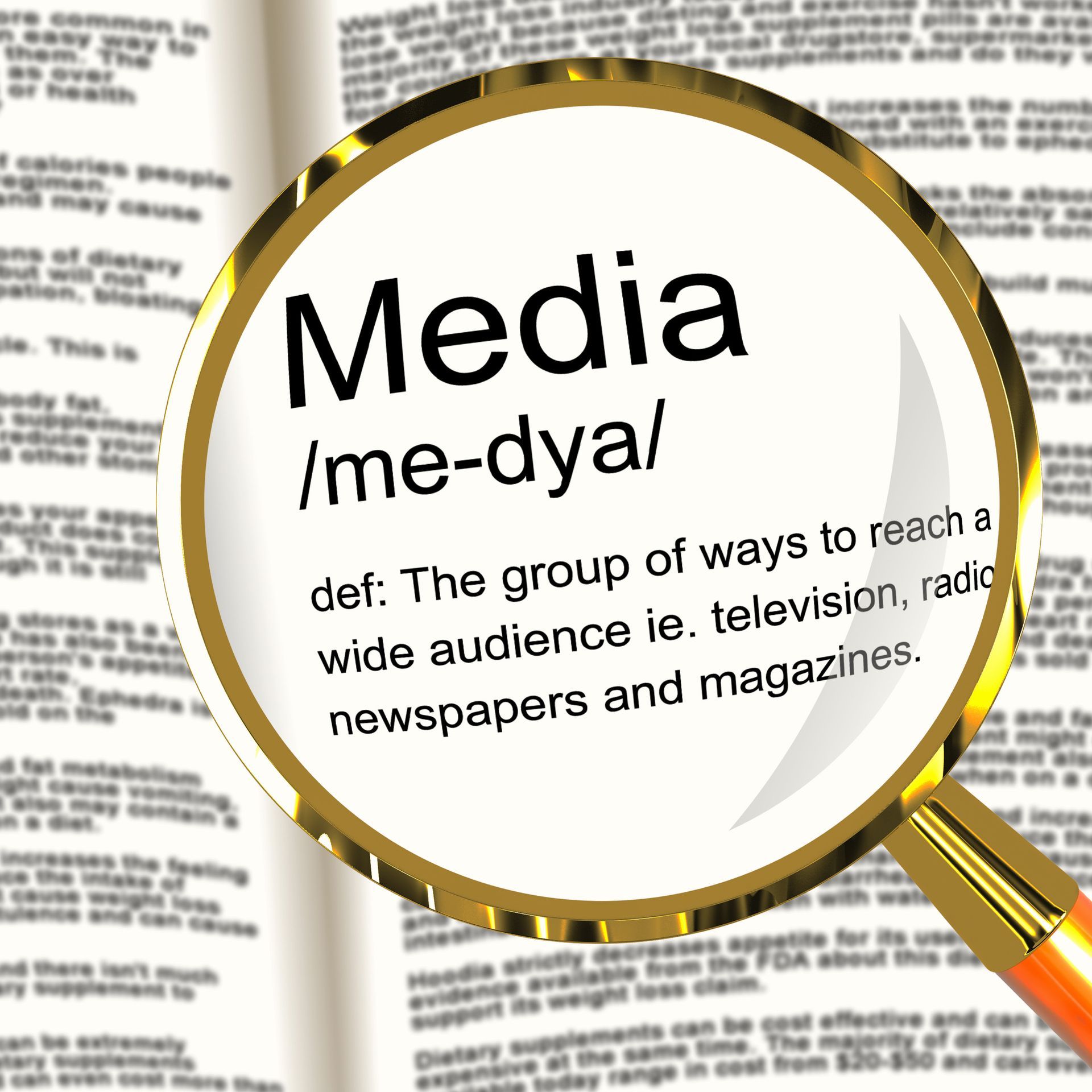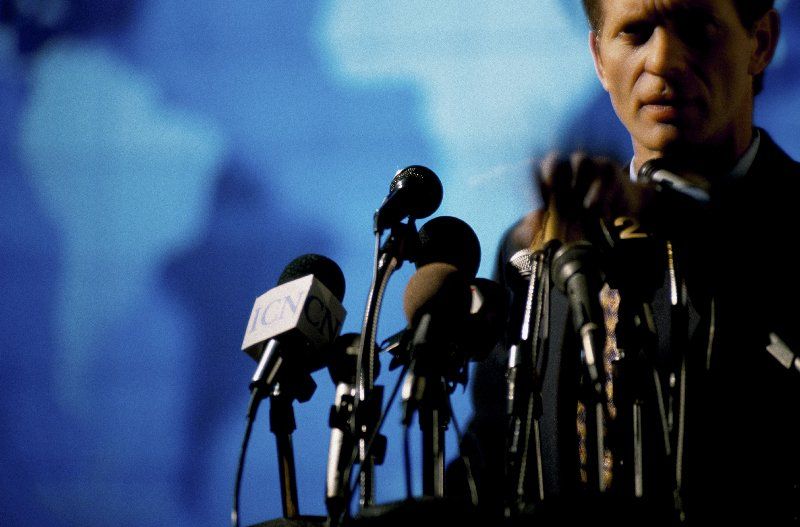The Eyes Have It- How to nail eye contact for a tv interview.
One of the most frequent questions I get from media training clients is: “Where do I look during an on-camera interview? At the reporter or field producer? In to the camera?” It’s a great question, and one that doesn’t come with a standard answer. To understand why, consider three of the most common interview formats:
- Soundbite
- On-set
- Remote
How you manage your eye contact will depend on which of these interview formats you encounter.
1. Soundbite interview . This type of interviews is generally brief, maybe 5 -15 minutes in length. The reporter likely wants a soundbite or two from you to help balance a story. The rule of thumb is to keep your eyes fixed on the reporter or field producer when answering their questions. Don’t look directly into the camera- it’s jarring. You’ll look more natural speaking to a person rather than a camera. It’s also a lot less stressful since most people aren’t used to speaking to a camera.
You also never know which bite a reporter is going to use, and you don’t want it to be one where you look distracted or unfocused. I was reminded of this golden rule a few months ago while watching a tv news story on a medical malpractice suit. One of the interviewees was the plaintiff’s attorney. Her soundbite started out well enough, but then, for what ever reason, she looked down and delivered the the final and most important part of her message to the floor! Ouch. It was like watching a marathoner collapse right before the finish line. The downward glance diminished her presence and diluted the impact of her message. She could have nailed her eye focus in every other bite, but it didn’t matter. If you’re worried about creeping out the reporter with all that eye contact, try briefly looking away while the reporter is asking the questions. You’ll appear as if you’re contemplating an answer, rather than avoiding a stare down.
2. On-set interview . This format is usually live, and tends to be more complicated since there’ll be plenty of in-studio distractions. There are the cameras, camera operators, floor director and all those monitors where you can see yourself. Again, the challenge is to keep your eyes focused on the host. If there are two hosts, perfect! Make eye contact with both of them.
3. On-camera remote . This format is arguably the most challenging for media communicators. In this setup, the program host is geographically separated from the guest. Usually, the two are in different cities as in the CNN interview below.

Unlike soundbite and on-set interviews, the key here is to always look and speak directly into the camera. The guest and program host can, in most cases, only see each other via a split screen monitor and hear each other through an earpiece called an IFB, or Interrupt Feedback device.
As a former Chicago news anchor and reporter, I know how disorienting this can feel. It's difficult to sound conversational or forge a connection with an audience while speaking to a camera. If you’re asked to do one of these types of interviews, my advice is to imagine the camera lens is a window through which you and your host can see each other. Fight the compulsion to grab a quick glance of yourself in the studio monitors. I see tv guests doing this while on-air all the time! It's distracting, your audience will wonder what the heck you're looking at? Do yourself a favor and practice this type of format at home using a cell phone, I-pad or any other recording device before the interview.
If you’d like more information on this subject or would be interested in a media training workshop, consultation or mentoring session, contact me at nancy@pendercomm.com or info@pendercomm.com .





